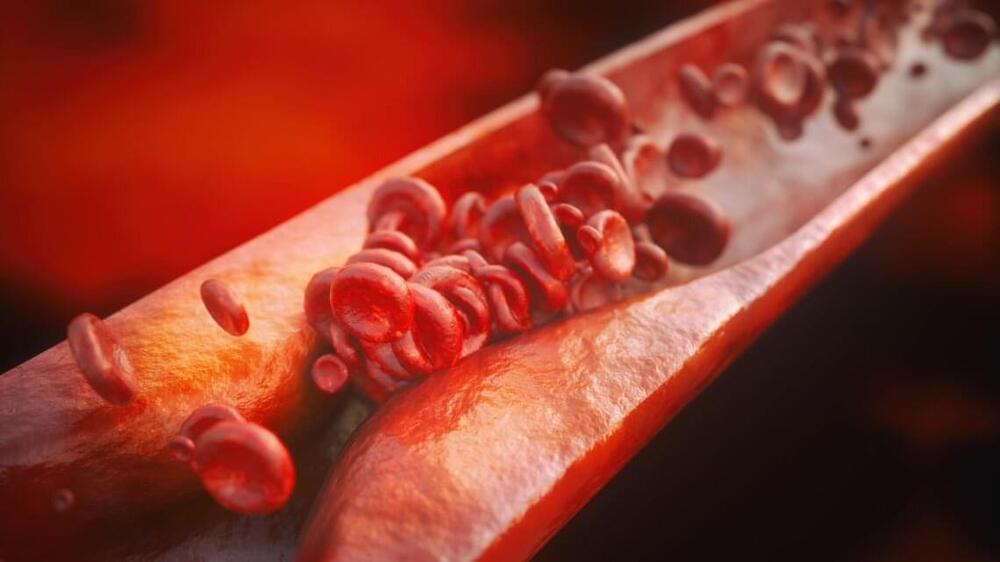Elon Musk Announces 5 NEW Teslas For 2023:- Tesla company has achieved remarkable growth in recent years with just four vehicles in its lineup: the Model S midsize sedan, Model X midsize crossover, Model 3 compact sedan and Model Y compact crossover.
Combined, those four nameplates now dominate the U.S. luxury car segment and top the EV charts. Tesla is the second-best-selling brand after Toyota in California, which often sets future-product trends for the nation. But Tesla fans are clamoring for more. And financial analysts watching Tesla stock warn of growing competition.
Tesla CEO Elon Musk has been promising new models for years 2023. Musk, who is known for missing product deadlines, is now hailing 2023 as the start of a new product cycle. He said that the missed deadlines have come, in part, from the need to first scale up production of the company’s current models.





